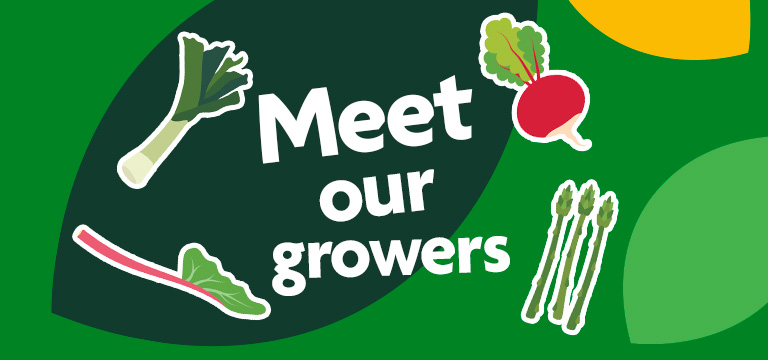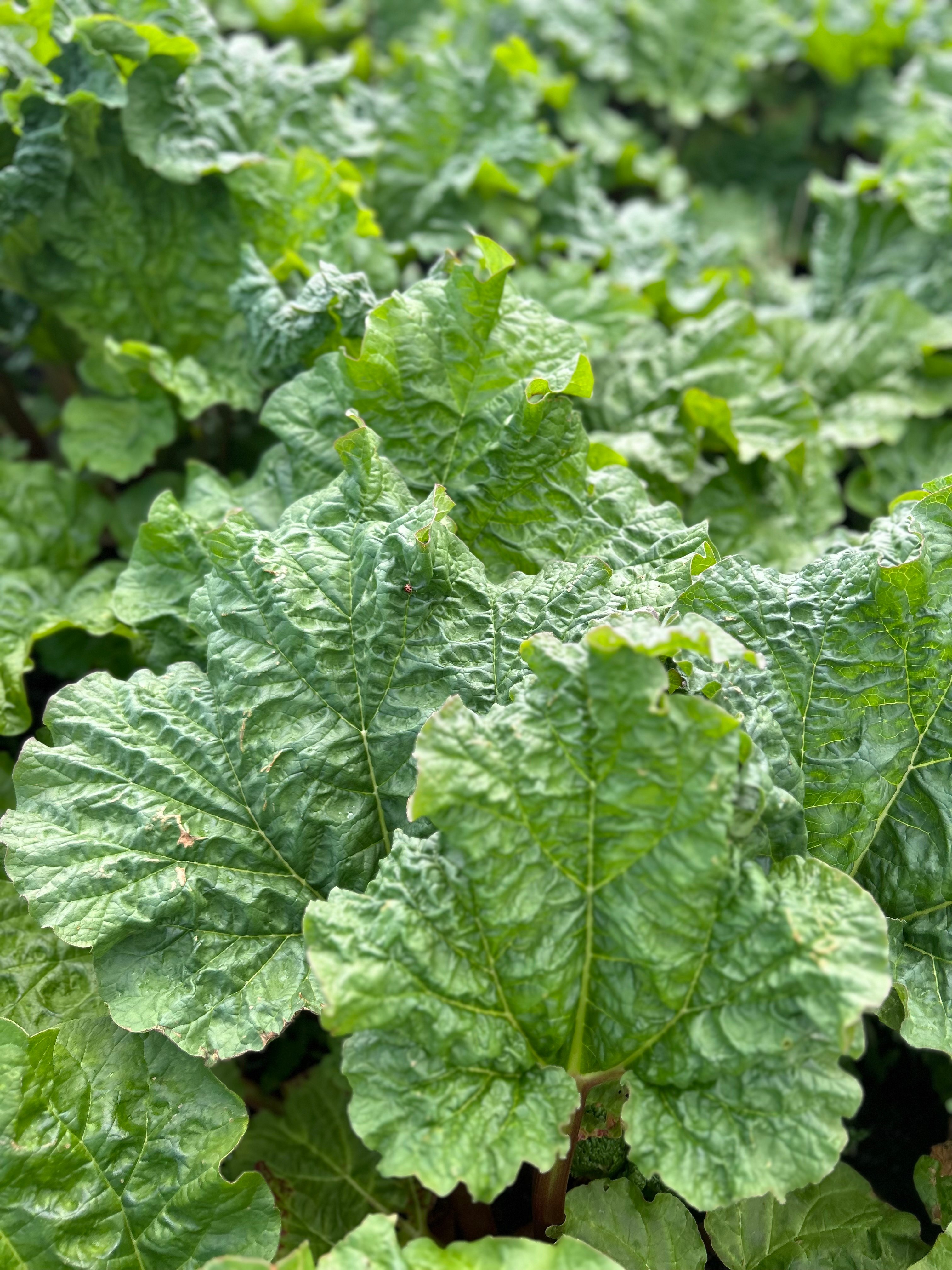
Meet Jane and Simon, Rhubarb Triangle
Tell us a little bit about your farming background and how long you've been working with Morrisons…
We've been farming in Carlton Since 1815, and in the early years the farm had livestock as well as crops. We served the local community with veg for over five generations and, as the farm grew in size, we supplied the local markets, the national markets and then the supermarkets. Simon's grandfather introduced some of the first rhubarb on a small scale, and his father then expanded on this in the 40's and 50's when rhubarb became really popular for crumbles and pies, as there was no other imported fruit and veg at this time and it grew very well in the area. Now we're one of the biggest outdoor rhubarb growers in the country, with over 80 hectares of crop. We've been working with Morrisons for around 60 years now.
What is the difference between indoor & outdoor grown rhubarb?
The indoor season is a short season lasting 11-12 weeks from January to late March, this is where the rhubarb is grown in sheds (see the photo below). The outdoor season lasts from April to the middle of September. Essentially all rhubarb comes from the outdoor crop, pictured on the left. Outdoor rhubarb has a lifecycle. You initially plant smaller roots that come from splitting a big root. You can't pull the crop for the first year as it needs to be left in the ground. The second, third, fourth, fifth year onwards however, you can pull it. The best lifecycle for the rhubarb is 4-5 years for energy of the root, if you leave it in the ground too much longer than this the root would get huge, and then to lift and split it is a huge job. Then we select by variety of rhubarb, as some varieties are early, some medium and some late - they all perform differently at different times of the year. Once you lift the outdoor root and put it in the shed for indoor growing, it's then at the end of it's life, after that 12 week growing cycle it's composted. For forced indoor grown rhubarb you need to lift it, replant it in the shed, heat it and water it, whereas outdoor rhubarb pretty much looks after itself. As a grower you also need to consider constant replenishment to go into the sheds, but also balancing enough outdoor crop. You have to be careful and think 2 or 3 moves ahead to make sure there's enough rhubarb for both processes, year on year.
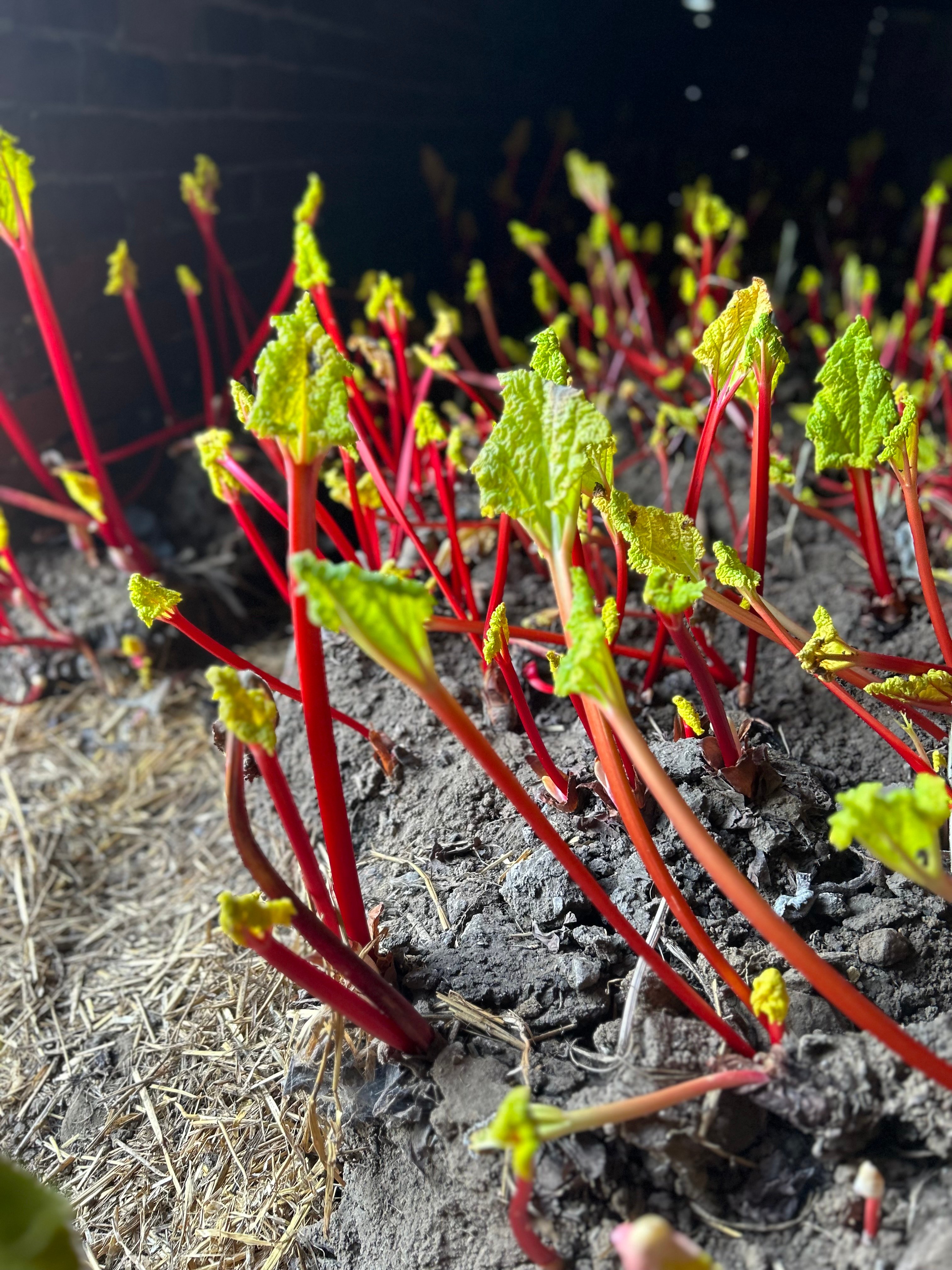
Where does rhubarb get its colour from?
It's comes from the variety. For the forced rhubarb which is indoor grown, it often depends on speed of the growth. Timperley is the first variety that's ready in the shed, it's more of a delicate light pink in colour, which some people prefer. Whereas Harbinger or Arrow varieties are a deeper red, which just looks stunning.
Are there different varieties of rhubarb?
Yes there are quite a few varieties of rhubarb with different names. The differences are only slight but there are different shapes of the stem and variations in colour. There's a distinct difference between outdoor and the indoor grown rhubarb, forced indoor grown rhubarb is much more delicate and thinner in stem. A lot of chefs prefer the forced indoor grown rhubarb as it's a little bit sweeter, delicate colour and better for presentation.
Do you have any recipes that include rhubarb?
We mainly use recipes in our farm shop for crumbles and pies, but a couple of local bakers come to us to use it to make rhubarb bread. It's more of a cake than a bread, with big chunks of rhubarb in it - it's lovely! It's not just a sweet product, rhubarb also goes really well in a savoury chutney, it pairs really nicely with oily fish or mackerel.
What is the Rhubarb Triangle and why is the Rhubarb Triangle a good area to grow indoor rhubarb?
It's a rhubarb growing area local to Yorkshire that spans Leeds, to Bradford, to Wakefield, which actually is a triangle when you look at it on the map. The climate and soils around here allow the root to have vigor to force it. Whereas in other areas they try and force rhubarb but it doesn't yield.
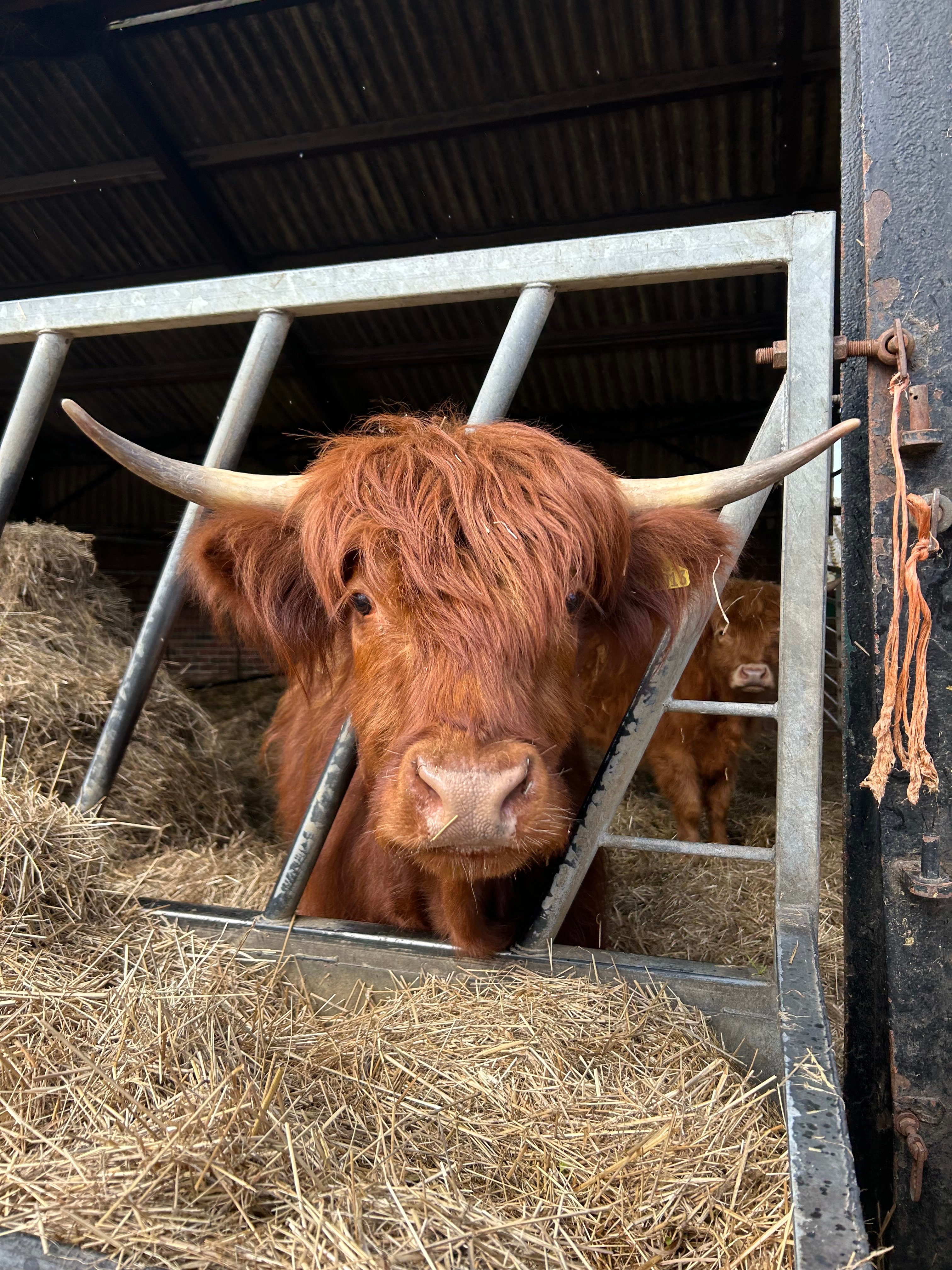
Are there any rhubarb health benefits?
Originally in China it was used for medicinal purposes. They dried and powdered the root to use for mainly stomach ailments and gut health. It's renowned for being a natural laxative. It's high in Vitamin K which is good for your bones and healing wounds, it can help reduce inflammation and it's high in antioxidants. My elderly parents stew it down with a bit of sugar, ginger or orange juice, and put it with natural yoghurt, and it's very good for you.
Are there any sustainable initiatives you use on your farm?
We currently have solar power on the farm and in the next 2-3 years we're exploring moving to hydrogen. The soil is tested very often. Because insects and wildlife don't tend to like eating rhubarb, there are no pesticides used on our crop.
We also use something called shoddy to spread on the land and improve soil health for growing. This is actually a byproduct of sheep scouring used for it's slow release nitrogen. It's fibrous and adds organic matters to the soil and takes a few years to break down.
We're always looking at ways to put back into the land and local wildlife. We're currently doing our audit with Red Tractor.
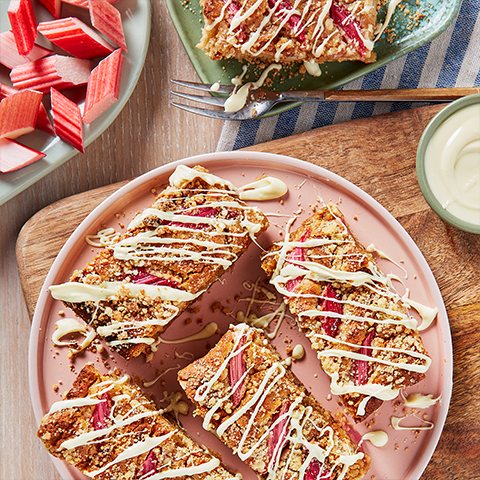
Rhubarb Crumble Bites
See in spring with a good old-fashioned rhubarb crumble… with a twist, of course. Transform your favourite pud into our easy Rhubarb Crumble Bites ideal for grazing.
Time: 1hr 15
Serves: 10
Ingredients
For the compote:
For the bars:
To finish:
Method


